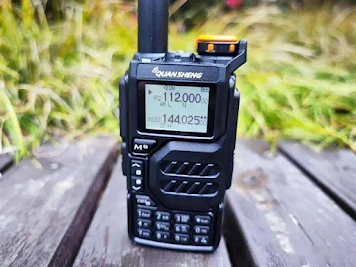Quansheng UV-K5 FCC/CE/NORMAL - How to swap from one another

The UV K5 radio is a versatile communication device that offers multiple operating modes to cater to different frequency bands and regulatory requirements. Each mode corresponds to specific transmitting bands and frequencies, allowing users to adapt their radio usage based on their location and intended applications. Let's delve into the various operating modes and the purported key combinations for switching between them and enable aditional bands. FCC version transmitting band Frequency: UHF420∽450MHz/ VHF144∽148MHz CE version transmitting band Frequency: UHF430∽440MHz/VHF144∽146MHz NORMAL version transmitting band Frequency: UHF400∽470MHz/VHF136∽174MHz The FCC version of the UV K5 is designed to comply with the regulations set by the Federal Communications Commission (FCC) in the United States. This mode provides access to UHF frequencies ranging from 420 to 450MHz and VHF frequencies from 144 to 148MHz. The CE version of the UV K5 adheres to the requirements specified by the C
